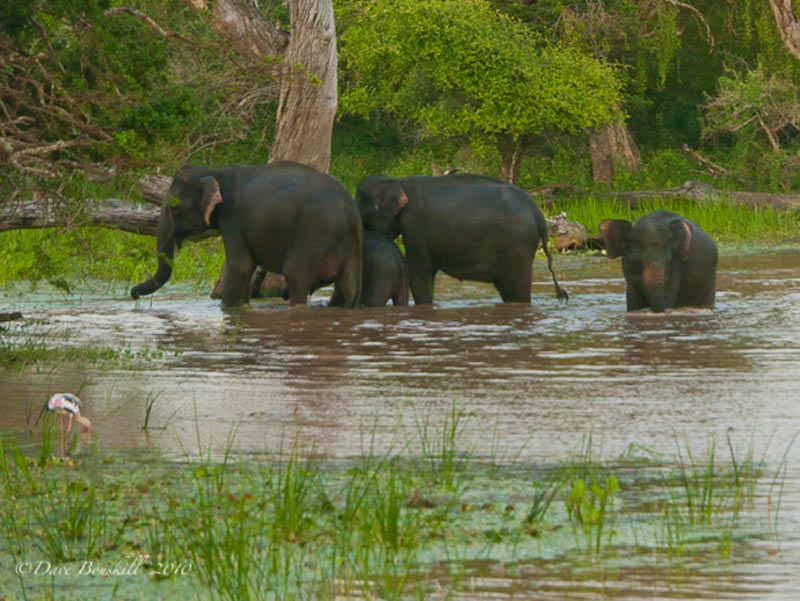Summary of The Human Elephant Conflict
The Human Elephant Conflict is a term that defines a growing issue in Asia between humans residing near elephants. Currently, there is a very real challenge in Asia, as elephants and humans struggle to coexist.
Habitat loss continues to escalate, with humans intruding on elephant territories. Additionally, many impoverished farmers have retained traditional agricultural practices for centuries, yet their crops and villages find themselves increasingly under threat.
Understanding the Human Elephant Conflict
As urbanization progresses, elephants are left with diminishing options and increasingly invade agricultural fields in search of nourishment. The tension between elephants and humans is particularly pronounced in Sri Lanka.
Why Elephants Are Viewed as Pests
In numerous villages, elephants are classified as pests—massive and perilous pests. They invade farmland, destroying entire harvests. Consequently, as their habitats diminish, elephants display heightened aggression, leading to tragic outcomes, including loss of life.
Human Casualties from Elephant Encounters
Each year in Sri Lanka, approximately 50 people lose their lives due to elephant encounters. In contrast, in India, the number escalates to between 150 and 200 fatalities annually, significantly impacting local communities.
In response to these alarming statistics, communities in Sri Lanka are taking action, resulting in tragedies for elephants, who face shooting, poisoning, and electrocution.
Estimates suggest that around 100 to 150 elephants are killed each year, and tragically, no practical solutions have emerged yet. For example, statistics indicate that over 200 elephants were reported killed in Sri Lanka in 2009.
Heartbreaking Stats on Elephant Deaths
Elephants are classified as endangered species, and killing them is illegal. Nonetheless, desperation forces villagers into heartbreaking actions.
In addition, elephants face various dangers, including being struck by trains, falling into wells, being blown up with explosives, and becoming collateral damage in protracted conflicts.
Orphaned Elephants and Their Plight
Many baby elephants become orphans, and numerous adults are left injured and in agony. Facilities like the Elephant Transit Home in Uda Walawe National Park dedicate themselves to rehabilitating orphaned and injured elephants, yet they too struggle to resolve the broader issues at hand.
Once rehabilitated and released into the wild, these elephants too often return to villages, only to face the risk of being shot or poisoned. The Elephant Transit Home limits human interaction to ensure elephants remain unaccustomed to humans; however, as habitat loss continues, safe spaces for the elephants are rapidly diminishing.
Can Humans and Elephants Co-Exist?
The situation raises a poignant question: can humans and elephants genuinely coexist? Unfortunately, it appears that this is increasingly unlikely, with facilities like the Pinnawala Elephant Orphanage possibly becoming a model for the future.
While the Elephant Transit Home prioritizes rehabilitation and releasing elephants back into the wild, the Pinnawala Orphanage maintains the elephants in a more zoo-like setting, allowing regular human interaction and drawing tourists.
This dynamic raises ethical dilemmas, as wild elephant populations face decline, while the Pinnawala Orphanage breeds elephants intended for transfer to other zoos and sanctuaries.
The Future for Elephants in Asia
Unfortunately, the future of the Asian elephant remains uncertain. As human populations steadily increase, there is increasingly limited space for wildlife.
While acknowledging that we are simply a travel blog and lack concrete answers, we can emphasize the urgency of addressing the issue if we wish to preserve the wild elephant herds in Asia.
Organizations such as the Elephant Transit Home and Born Free Foundation lead the charge in conservation efforts. With increased funding and greater public awareness, there may be opportunities to make a meaningful impact.





